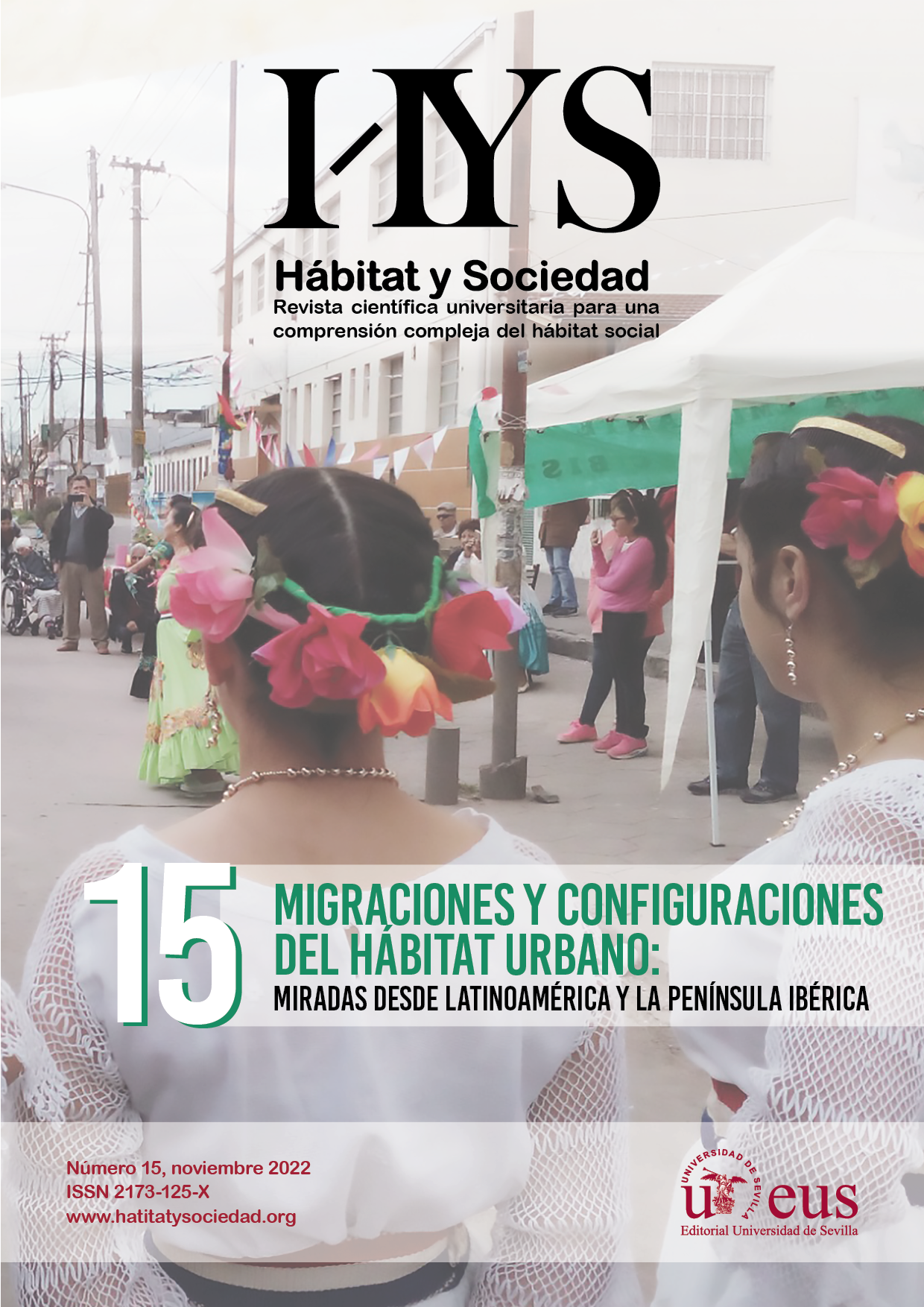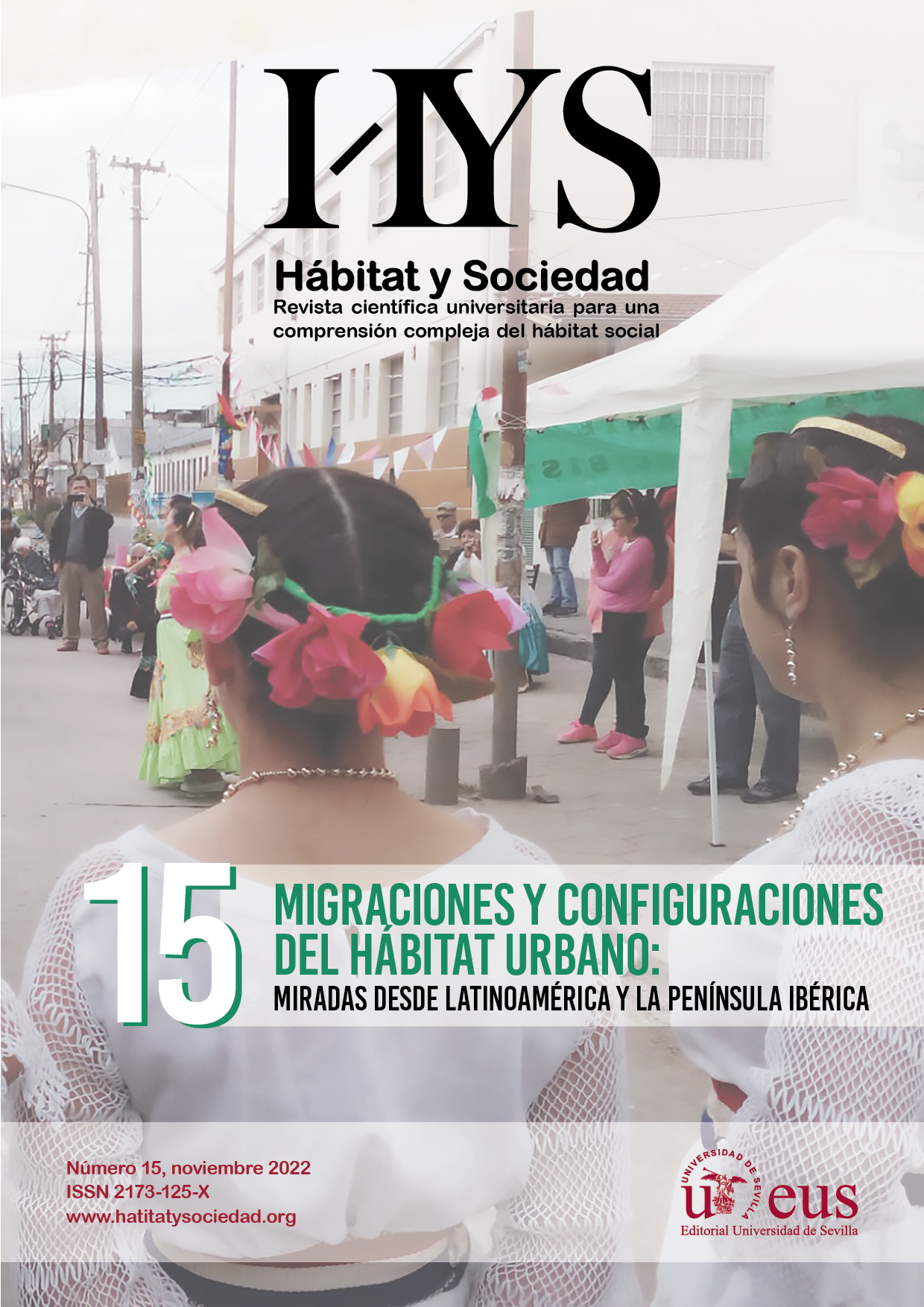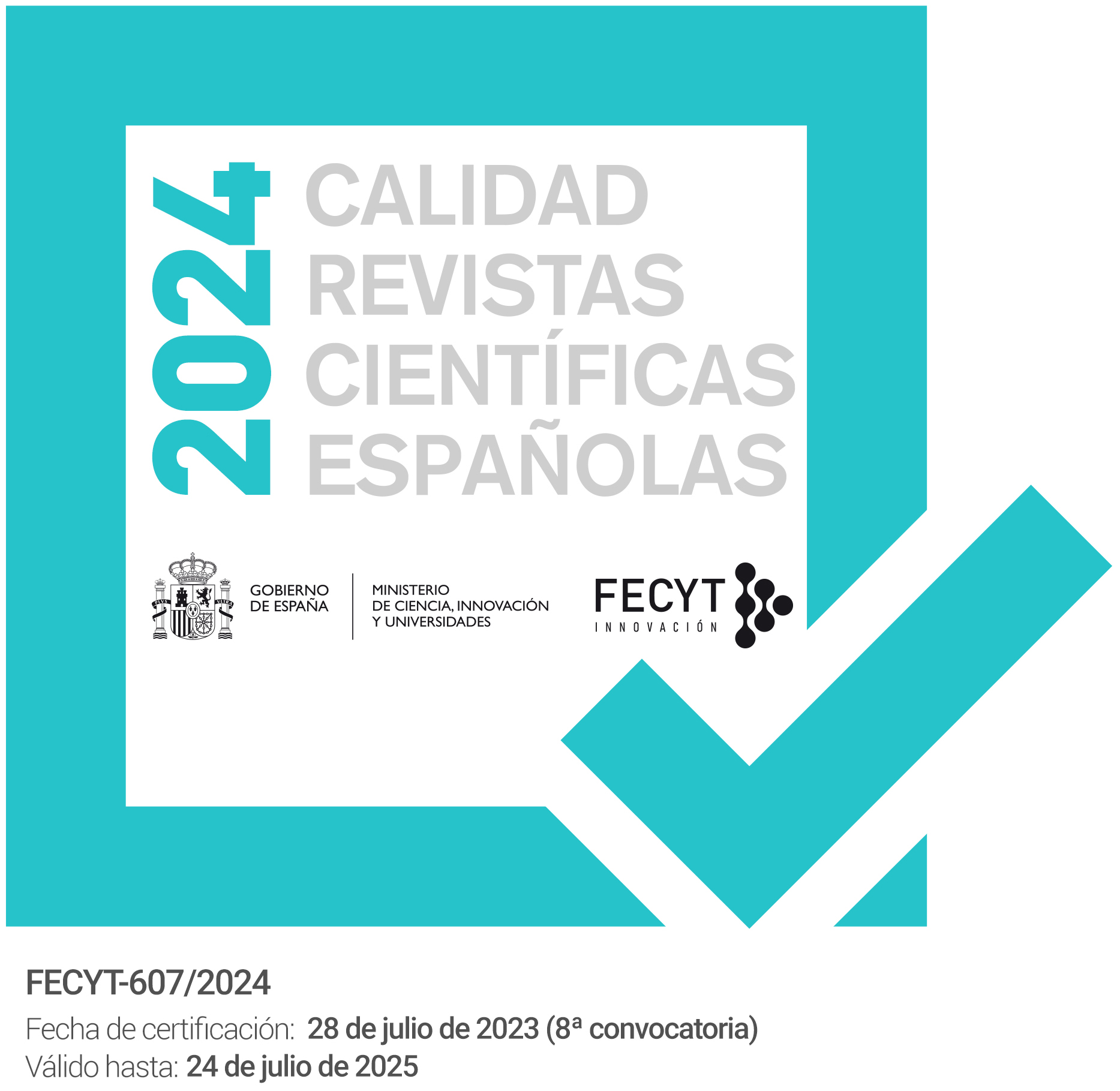Núm. 15 (2022): Migraciones y configuraciones del hábitat urbano: miradas desde Latinoamérica y la Península Ibérica

Las migraciones internacionales e internas del campo a la ciudad han sido históricamente las principales formas de crecimiento de las ciudades, así como un importante factor de dinamización y transformación del medio urbano tanto en Latinoamérica como en las Península Ibérica. En la actualidad, los procesos migratorios continúan enmarcando múltiples patrones de movilidad de personas, capitales y mercancías, que generan un impacto directo en el paisaje urbano. De un lado, la incorporación de las poblaciones migrantes plantea retos específicos a la cobertura residencial, a la planificación de infraestructuras y la gobernabilidad a nivel municipal; de otro, su presencia se traduce en nuevas formas de apropiación, delimitación y definición funcional del espacio, que son negociadas en la necesidad de acomodarse entre ellas y con otras preexistentes; finalmente, participan cotidianamente de múltiples relaciones en la sociedad receptora, pero también reproducen en la distancia otras que habilitan así la emergencia de amplias y densas redes transnacionales o movimientos plurilocales a nivel nacional y transnacional. El estudio de los procesos migratorios nos invita así a reflexionar sobre una diversidad de problemáticas en relación a las siguientes cuestiones: los tipos de hábitat urbano generados por las migraciones; las nuevas cartografías urbanas rastreables en las prácticas de los y las migrantes; las estrategias de inserción laboral y residencial en la ciudad; las experiencias de construcción y negociación de identidades étnicas, de género y de clase entre los y las migrantes; las nuevas formas de vinculación con el medio urbano en un “aquí” y un “allá” que apuntan a fenómenos como el transnacionalismo, la plurilocalidad y las dinámicas rur-urbanas en distintas escalas territoriales
Este número pretende propiciar un debate en torno a estas cuestiones así como en otras relacionadas que conecten con los procesos migratorios y su impacto en el medio urbano, tomando como referentes empíricos las ciudades de Latinoamérica y de la Península Ibérica. Invitamos a los/as autores/as interesados/as en la temática a enviar sus propias contribuciones originales.
Francisco José Cuberos Gallardo, Departamento de Antropología Social, Universidad de Sevilla
Mariela Paula Diaz, Universidad de Buenos Aires, Consejo Nacional de Investigaciones Científicas y Técnicas de Argentina.













